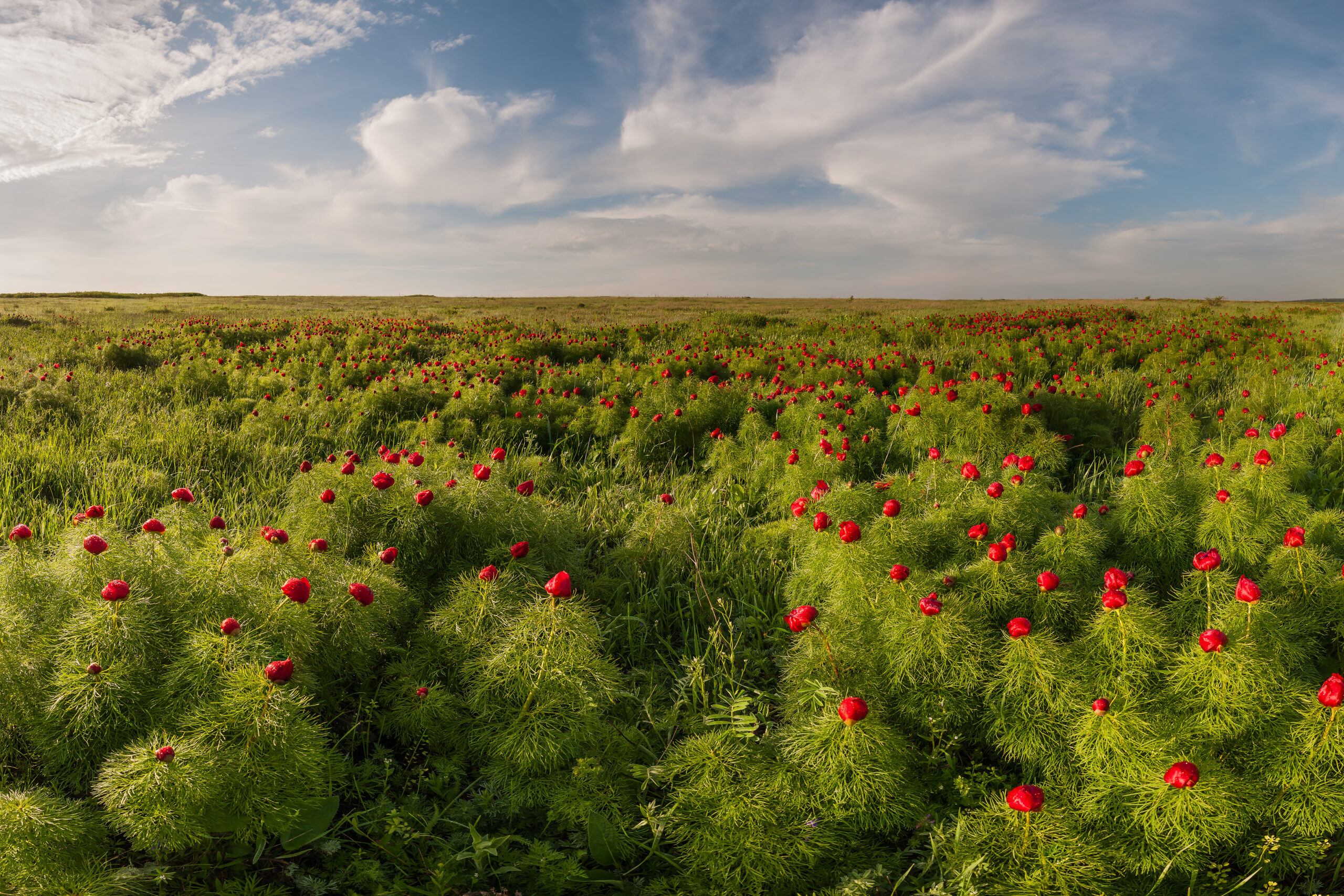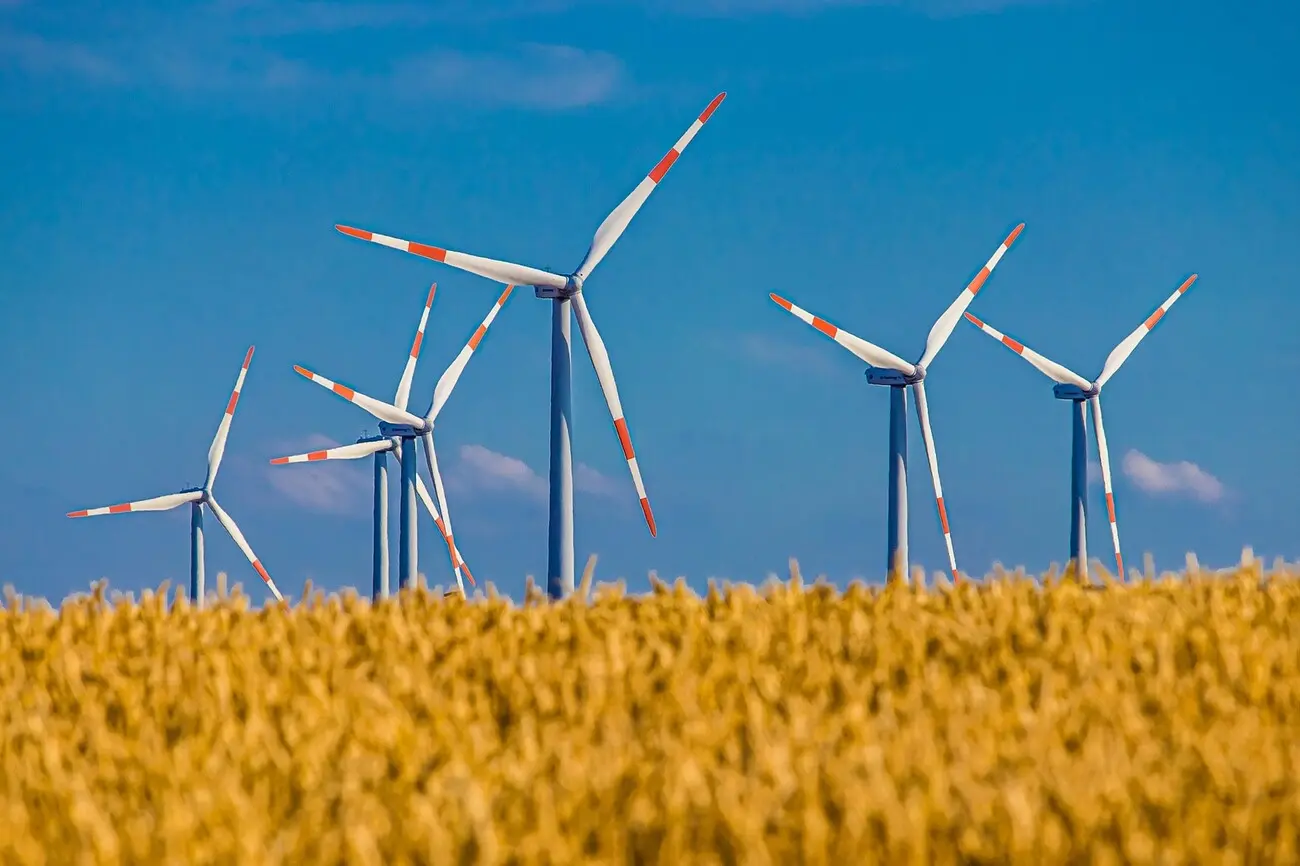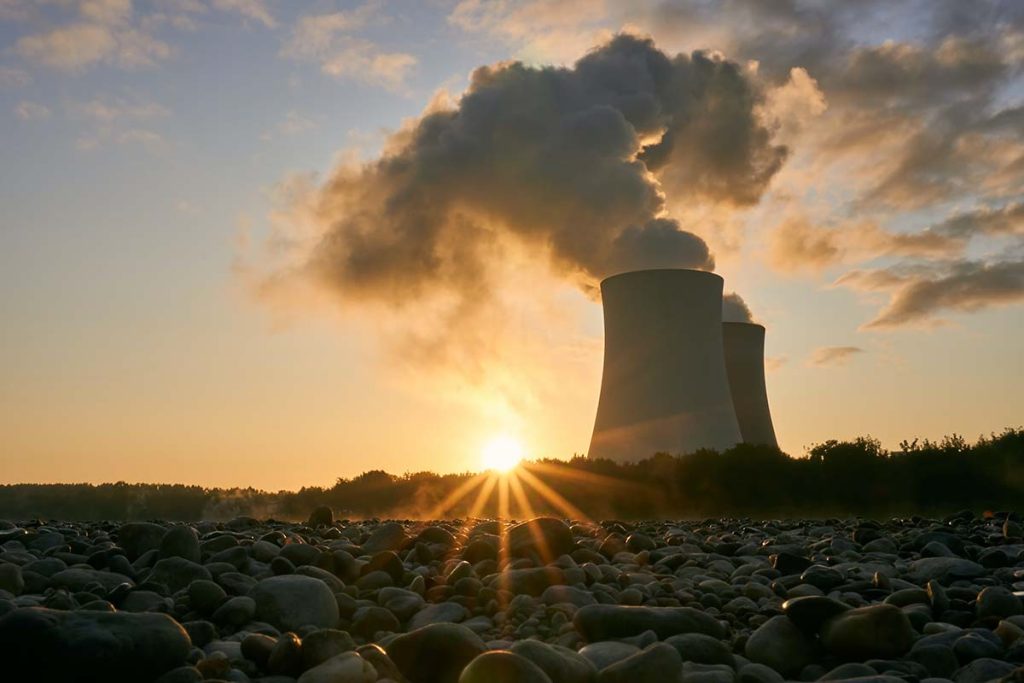Oleksiy Vasyliuk
Russia is now seeking to use Ukrainian nature reserves as a lever in a cynical new campaign aimed at establishing political legitimacy over the territories it occupies in eastern Ukraine.
On July 1, 2025 the Russian government adopted Resolution No. 992, which declares the creation of a “new” reserve on Ukrainian territory, “Donetsk Steppe”. The document describes the establishment of the “‘Donetsk Steppe’ state nature reserve with a total of 3,044 hectares.” Its territory fully encompasses the four existing Ukrainian Steppe Nature Reserve sites that are subordinated to the National Academy of Sciences of Ukraine.
In doing so, the occupation authorities have announced formal control over a Ukrainian nature conservation site created back in 1961 and located in several parts of the Donetsk region’s steppe zone. In this case, the status of “reserve”—the highest nature conservation category in Ukraine—is being used not for the protection of nature, but as a means toward political legitimization of the occupation.
What is the Ukrainian Steppe Nature Reserve and why is it important?
The Ukrainian Steppe Nature Reserve (USNR) is one of the oldest and most valuable steppe conservation institutions in Europe. It is divided into four sub-reserves:
- Khomutovskyi Steppe: founded in 1926, it has a total area of around 1,030 hectares and is an example of typical Azov steppe.
- Kamiani Mohyly: founded in 1927, with an area of 400 hectares, represented by outcrops of Archean rock, with unique flora and fauna, located on the border of the Donetsk and Zaporizhzhia regions.
- Kreidova Flora: created in 1988 for the preservation of unique chalk landscapes and relict plants, founded in 1927.
- Kalmiuske: the newest sub-reserve of the USNR, created in 2008, in an already independent Ukraine, to protect granite steppe in the valley of the Kalmius River.
All of these nature conservation areas were established as separate reserves in the 1920s and have a long history of biodiversity monitoring within the system National Academy of Sciences of Ukraine (NASU). These zones comprised a total of 2,768 hectares, as stipulated in Ukrainian legislation. The creation of a unified reserve in 1961 ensured the continued scientific protection of areas of virgin steppe that had vanished from most of Ukraine. The USNR was administered by the NASU and had no relationship with government agencies or the Ministry of Environmental Protection and Natural Resources of Ukraine, remaining a model scientific site.
The USNR under Russian occupation
It is telling that the territories that Russia now solemnly declares a “reserve” have been subjected to large-scale destruction by Russian troops and militias under their control.
The Kalmiuske site was directly on the frontline from 2015 to 2022 and suffered serious damage: Russian forces set up military positions right in the nature reserve’s granite outcrops.
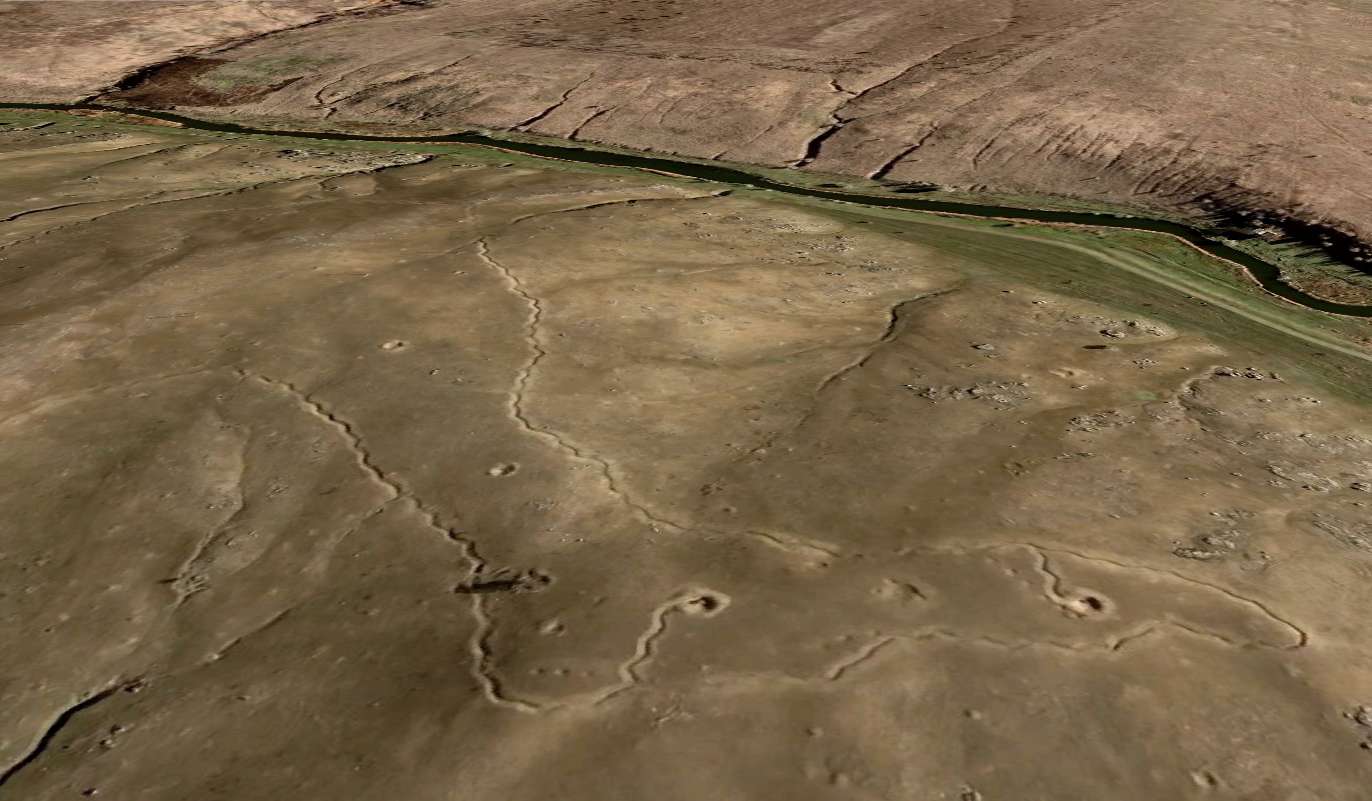
The Kreidova Flora sub-reserve has witnessed two major battles: first in 2014-2015, and then in 2022, when large parts of the chalk slopes were burned during the full-scale invasion.
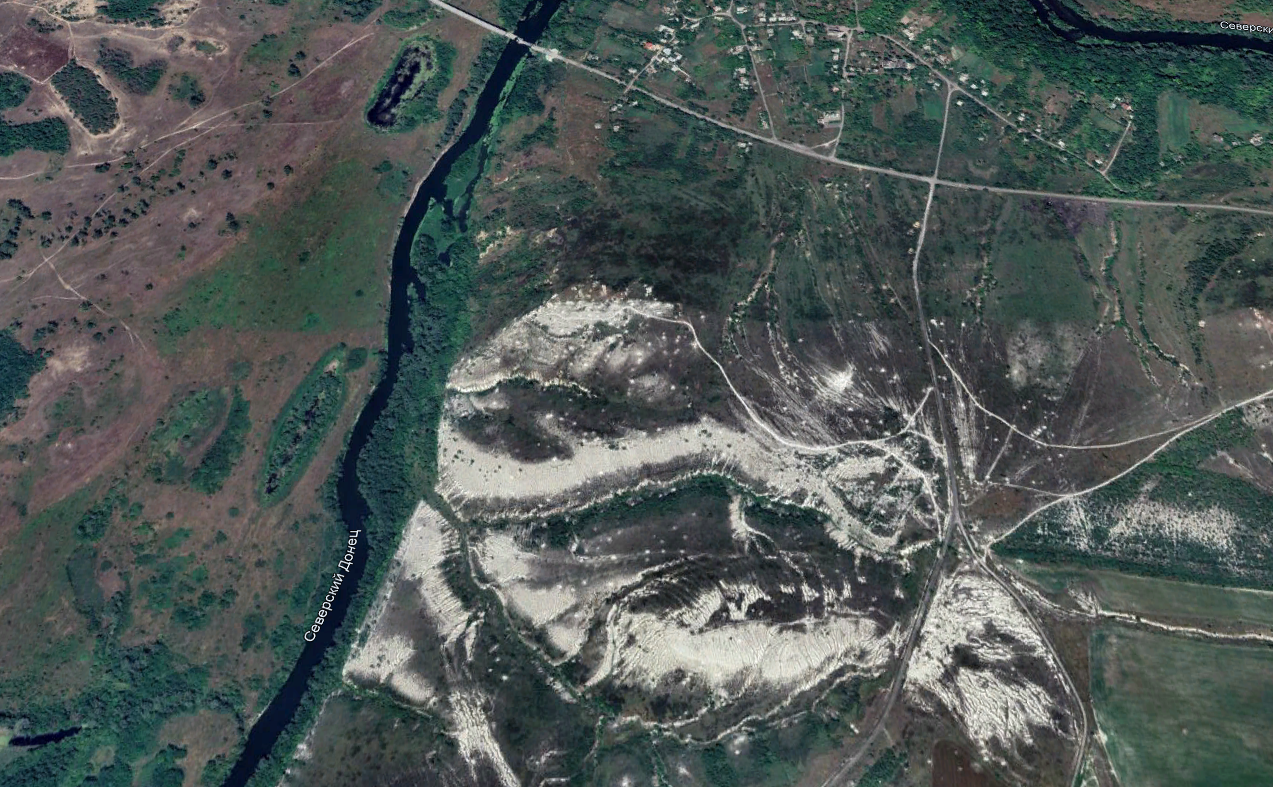
The staff of the Khomutovskyi Steppe site were forced to leave the site at the beginning of the occupation in 2015. Some areas of the site were plowed up in 2016.
That is, the very same “Donetsk Steppe” that Moscow is now trying to show off to the world is not a protected area, but a destroyed symbol of nature conservation. In fact, its destruction is a direct result of deliberate actions by the Russian occupying authorities.
A political signal: legitimacy for a military occupation
It is symptomatic that the Kremlin has been in no hurry to formally create a Russian reserve since 2014, although most USNR areas were already under Moscow’s control even then. But following the full-scale invasion in 2022, and amid creeping attempts at legitimizing the annexed territories through various “reformist” initiatives, this one appeared—under the guise of nature conservation.
From the outside, everything has been formalized in line with Russian law. Russian environmental legislation stipulates that reserves can only be created on the initiative of the Russian Ministry of Natural Resources and Environment and must be subject to federal administration. Until 2025, these territories had no such status. The sole attempt at “improvisation” was the project to illegally create the so-called “republic-level Khomutovskyi Steppe-Meotyda Biosphere protected area”, which appeared in 2015. This project included Kryva Spit in the Meotyda National Nature Park and the Khomutovskyi Steppe site—and had no legal force even within the framework of Russian legislation. Consequently, Russia rode roughshod over it, just as the nation treats other “clones” of nature reserve fund (NRF) institutions, viewing everything just as it was back in Soviet times.
The current decision, therefore, has nothing to do with concern for the environment: it is about marking the territory politically. The mention in the resolution of the inclusion of the Kreidova Flora site, which is currently under Ukrainian control, is particularly disturbing. It is an open signal—not only of annexation, but also of territorial claims.
Geography and size
The official dimensions of the Donetsk Steppe reserve comprises 3,044 hectares—more than is enshrined in Ukrainian legislation for the USNR (2,768 hectares).
- the boundaries of the Khomutovska Steppe and Kreidova Flora sites remain unchanged;
- the boundaries of the Kamiani Mohyly and Kalmiuske sites have been slightly expanded—parts of adjacent damaged areas have probably been added.
Weaponizing nature reserves
This is not the first time that Russia has attempted to use the status of protected areas as an element in political strategy. A similar situation recently occurred with the Black Sea Biosphere Reserve, which UWEC has covered in detail, as well as the Askania-Nova Biosphere Reserve.
Read more:
- Biosphere reserve burns at the start of the occupation administration’s work
- Askania-Nova Biosphere Reserve captured by invaders
It is telling that Russia is trying to present even destroyed and plundered territories as “sites of environmental protection,” investing these campaigns with a maximum of propaganda energy, but a minimum of content.
In particular, the mention in the resolution of the inclusion of the Kreidova Flora site—which is under Ukrainian control—is a direct infringement of Ukraine’s sovereignty. This is not merely a declaration: it is the establishment of a political norm, now embedded in Russian law.
The creation of the Donetsk Steppe “reserve” is no isolated case, but a continuation of Russia’s established tactics: rename a Ukrainian protected area, then present it as its own and register it in official international databases.
As the Ukrainian Nature Conservation Group (UNCG) has already recorded on several occasions, actions like this are aimed not at preserving nature, but at legalizing the Russian presence in occupied territories through the exploitation of environmental bureaucracy.
In the case of Crimea, Russia has already submitted some Ukrainian reserves to the Protected Planet international database under new names—Kazantipsky, Opuksky, etc.—and with some success: these territories were displayed in the database of the International Union for Conservation of Nature as Russian (subsequently, after an appeal by the UNCG, this deliberate inaccuracy was corrected in the international database).
Russia is thus promoting a narrative in which it is supposedly bringing nature protection to “new regions”, though in reality these reserves have been damaged or destroyed as state institutions and have ceased all long-term monitoring work (and in some cases have even lost part of their territory). The same mechanism can now be employed with the new “Donetsk Steppe” reserve: all Russia has to do is enter it in the registers of the Russian Ministry of Natural Resources and Environment as a “federal reserve” and transfer this data to global nature conservation databases.
Translated by Alastair Gill
Main image source: uk.m.wikipedia.org Copyright: Dmytro Balkhovitin

